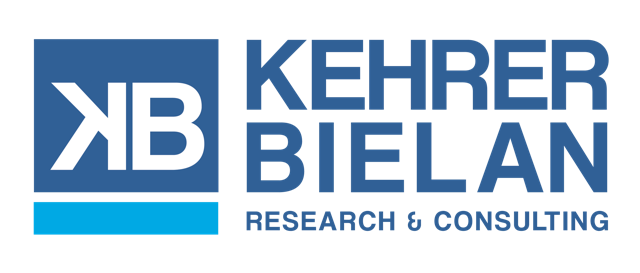With implementation of the Department of Labor’s fiduciary standard for qualified retirement accounts just around the corner, firms are looking to financial planning to help their advisors fulfill their responsibilities under the rule and justify the fees they charge. That was one of the central themes at Kehrer Bielan’s recent study group on The New Importance of Financial Planning and Life Insurance After DoL, held last week in Chapel Hill, NC.
But the planning specialists and other executives that participated in last week’s meeting face a dilemma: embracing financial planning requires investments in training and technology, and time spent preparing financial plans can mean less time spent selling. So how do they convince advisors and upper management that financial planning is worth the cost?
Here’s one argument we think will be effective – household assets tend to flow towards the source of the household’s financial plan.

The typical US household keeps 59% of its savings and investments in a bank or credit union. Households that have a written financial plan obtained from a bank or credit union keep a slightly larger share of their assets with those institutions, one demonstration of financial planning’s ability to deepen client relationships.
But if you miss the opportunity to provide the household with its financial plan, and they obtain it from an independent financial planner or consultant instead, the share of household assets held at banks and credit unions drops by 39%. Most of the assets lost by banks and credit unions end up going to financial planning companies and stockbrokerage firms. Investing in financial planning is an investment in keeping those assets with your institution.

Recent Comments